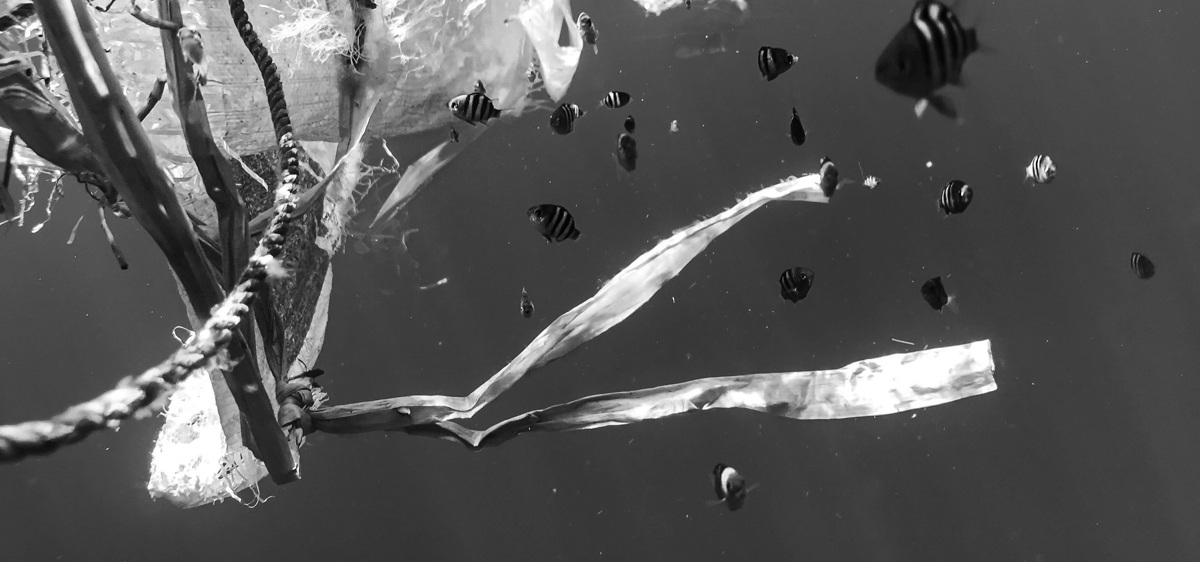
Turning the Tide: Ocean vs Plastic Pollution
Whats the problem?
Our oceans are faced with staggering amounts of debris. The pollution is inescapable, littering everywhere from the sea's surface to the ocean floor. It threatens marine life and disrupts the equilibrium of our ecosystem. A number of issues, like poor trash management and continued pollution -- from both land and sea -- worsen the situation. Our team is pushing to restore the health and vitality of our oceans, and to inspire others to do our part in securing our global future.
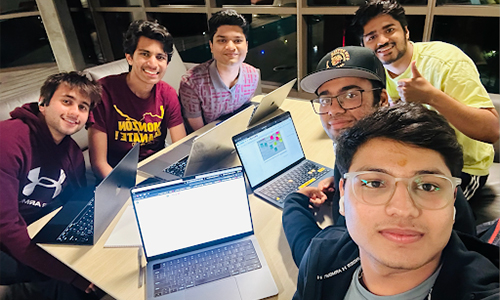
Anant Sarawagi ( Undergraduate - Materials Sci & Engineering ),
Divyam Kataria ( Undergraduate - Computer Science (Sftwre Engr) ),
Siddharth Bhatter ( Undergraduate - Computer Science ),
Mihlay Kamdar ( Undergraduate - Computer Science ),
Aditya Bohra ( Undergraduate - Data Science ),
Moksh Ahuja ( Undergraduate - Physics)
But first...

How did our team get here?
As we began our problem-solving process, our team was able to nail down three key challenges: waste management, natural resource depletion, and widespread implementation of the 3 R's (Reduce, Reuse, Recycle). We were especially curious about the use of technology to improve the waste management process.
In the next step of our team's process, we decided to empathize with the people currently working to address this problem.
A number of organizations, such as the United Nations or World Wildlife Foundation, have been involved in safeguarding aquatic life around the world. By centering these organizations, we discovered the importance of collaborative action, and the power we have in numbers.
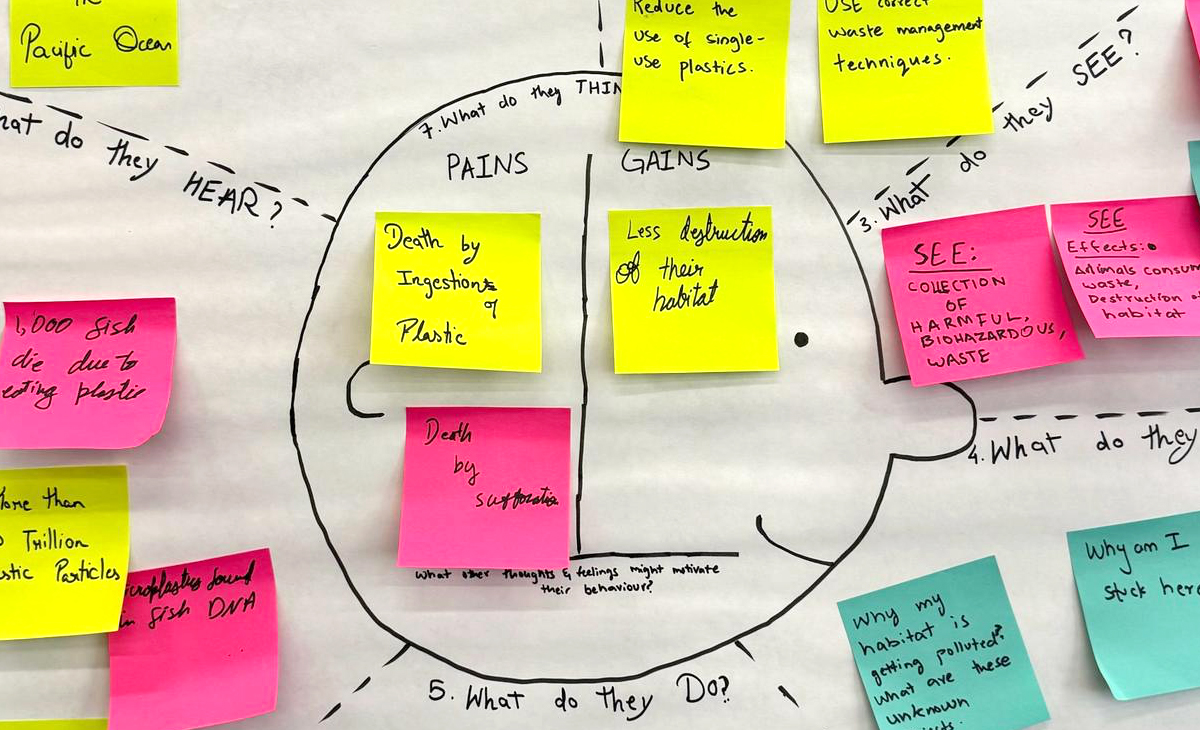
Defining the problem
for a better solution
That's why we chose to look at ongoing initiatives for reducing aquatic pollution. In particular, we were inspired by Team Seas, whose efforts to remove trash from the ocean surface has produced in cleaning up over 33 million pounds of trash. Our team realized that our own solution could provide not only an alternative cleanup method but also increased numbers: the more boats out there, the more trash collected. By working towards a shared goal, we can help shine a beacon of hope amidst the environmental challenge, signaling progress toward a cleaner ocean ecosystem.
Storyboard
Through storyboarding, our team wanted to visualize our goals and inspire others to empathize with an issue that affects us all. Each panel depicts the narrative of aquatic life dealing with the reality of pollution, and we wanted to illustrate how much removal of the debris would change the life of even one creature. We also realized at this step that cleaning up debris at the surface would make the most difference, clearing the way for further restoration. Preserving and maintaining the natural habitat for all organisms on our planet is absolutely vital in securing our own, and we hope that our solution would not only contribute to these efforts but also bring visibility.
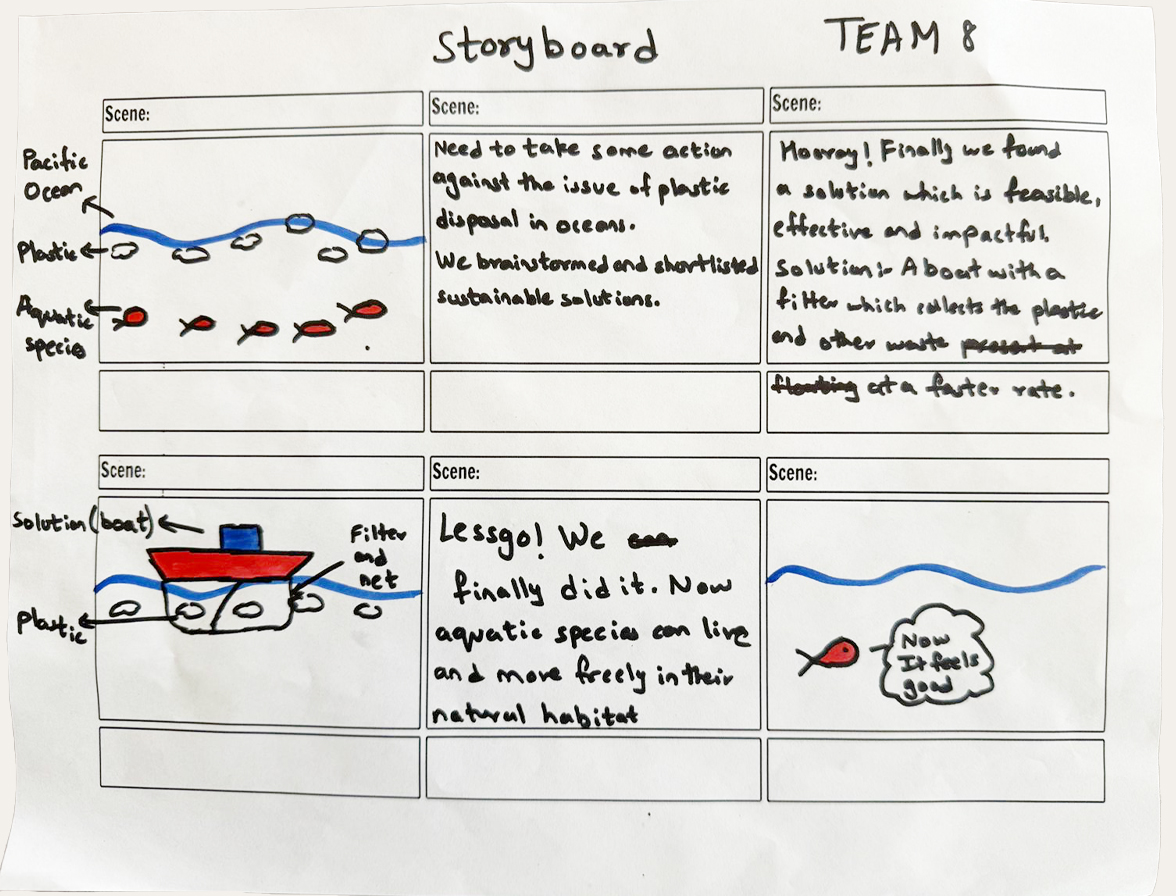
The prototype
The prototyping step gave us the imaginative space to wonder what our boat might look like. This low-fidelity cardboard prototype consists of a boat equipped with technology to clean up plastics in the ocean, including a net to collect ocean plastics and machines to automate the process of filtering and sorting the trash it picks up.
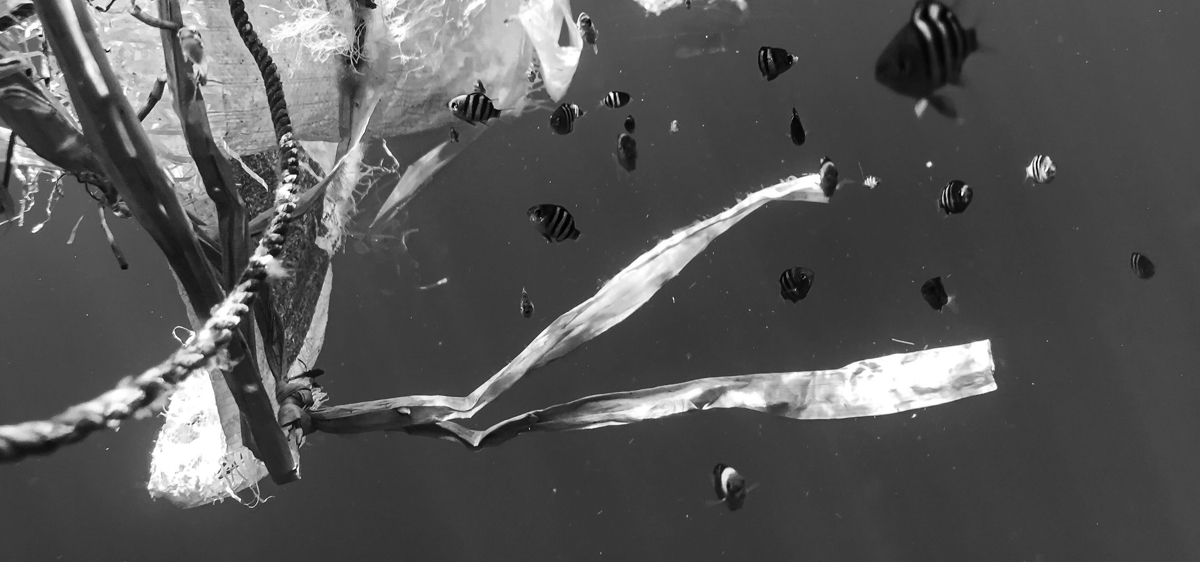
Our oceans are faced with staggering amounts of debris. The pollution is inescapable, littering everywhere from the sea's surface to the ocean floor. It threatens marine life and disrupts the equilibrium of our ecosystem. A number of issues, like poor trash management and continued pollution -- from both land and sea -- worsen the situation. Our team is pushing to restore the health and vitality of our oceans, and to inspire others to do our part in securing our global future.